22 Nutrient-Packed Foods You’re Overlooking at the Grocery Store
When it comes to healthy eating, the spotlight tends to shine on trendy superfoods like kale, quinoa, and chia seeds. But beyond the well-known favorites, there’s a whole world of overlooked, nutrient-packed foods sitting quietly on grocery store shelves—foods that deserve a place on your plate. That’s why we’ve expanded our list to 22 hidden nutritional powerhouses that often go unnoticed, despite being loaded with vitamins, minerals, antioxidants, and unique health benefits. These unsung heroes aren’t just good for you—they’re also delicious, versatile, and easy to incorporate into your meals. From fiber-rich ancient grains to unexpected sources of plant-based protein, we’re diving deep into the foods that can help boost immunity, support gut health, improve energy levels, and enhance overall well-being. Get ready to shake up your grocery list and discover new, exciting ways to fuel your body with the nutrition it craves!
1. The Mighty Moringa: A Nutritional Powerhouse
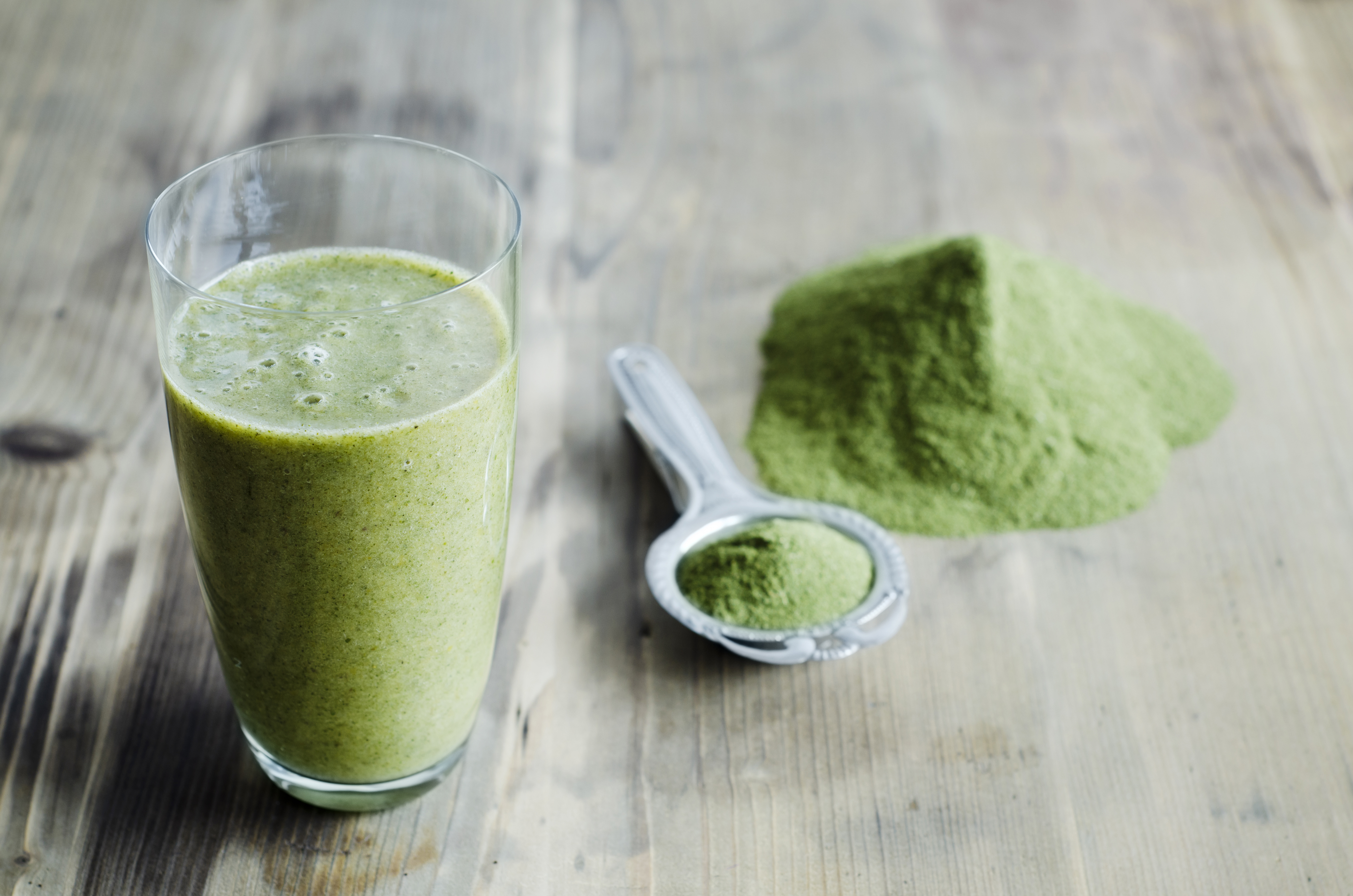
Moringa, often referred to as the "miracle tree," is an extraordinary plant whose leaves are teeming with nutrients. Native to parts of Africa and Asia, moringa is rich in vitamins A, C, and E, which are essential antioxidants. These vitamins play a crucial role in protecting cells from oxidative stress, thereby reducing the risk of chronic diseases. Furthermore, moringa leaves are a potent source of calcium, iron, and protein, making them an excellent dietary supplement for vegetarians and vegans. The plant’s anti-inflammatory properties have been linked to improved heart health and reduced symptoms of arthritis. Moringa can be consumed in various forms, including powders, teas, and capsules, making it easy to incorporate into daily meals.
2. Spirulina: The Blue-Green Algae with a Punch
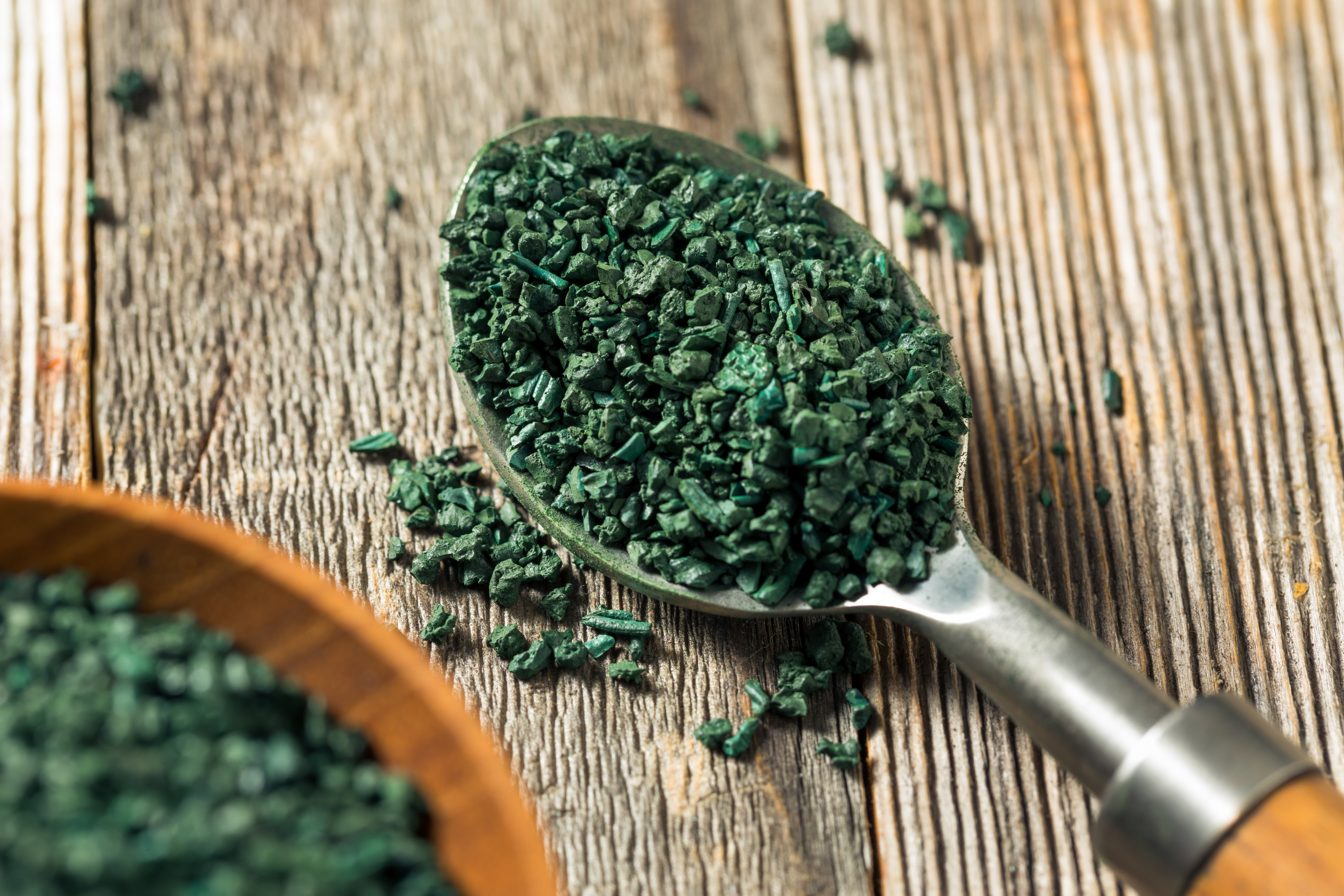
Spirulina, a type of blue-green algae, is a nutritional powerhouse that has been consumed for centuries due to its health benefits. It is incredibly high in protein, containing all the essential amino acids, which makes it an excellent source of plant-based protein. Spirulina is also rich in vitamins B1, B2, and B3, as well as copper and iron, supporting energy production and immune function. The presence of powerful antioxidants like phycocyanin helps to combat oxidative stress and inflammation. Spirulina is typically available in powder or tablet form, and it can be easily added to smoothies, juices, or even sprinkled over salads for a nutritional boost.
3. The Versatile Flaxseed: Tiny Seeds of Power
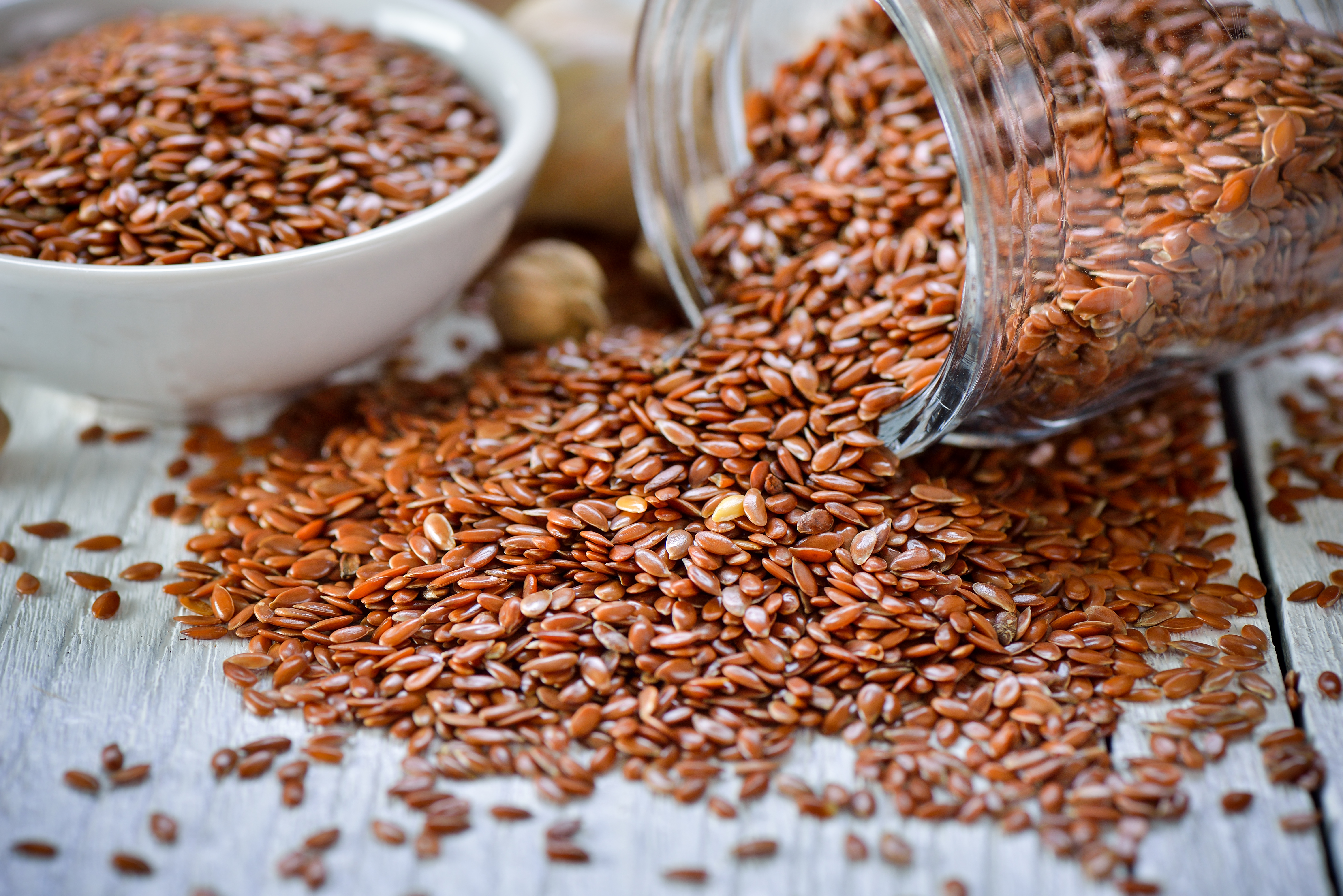
Flaxseeds are small but mighty, offering a wealth of nutritional benefits. These seeds are one of the best plant-based sources of omega-3 fatty acids, which are crucial for heart health. Omega-3s help to reduce inflammation, lower blood pressure, and decrease the risk of chronic diseases such as heart disease and arthritis. Flaxseeds are also high in lignans, a type of antioxidant that has been shown to reduce the risk of cancer. Additionally, they are a good source of dietary fiber, promoting healthy digestion and weight management. Flaxseeds can be easily incorporated into your diet by adding them to cereals, yogurts, or baked goods.
4. Chia Seeds: The Ancient Superfood
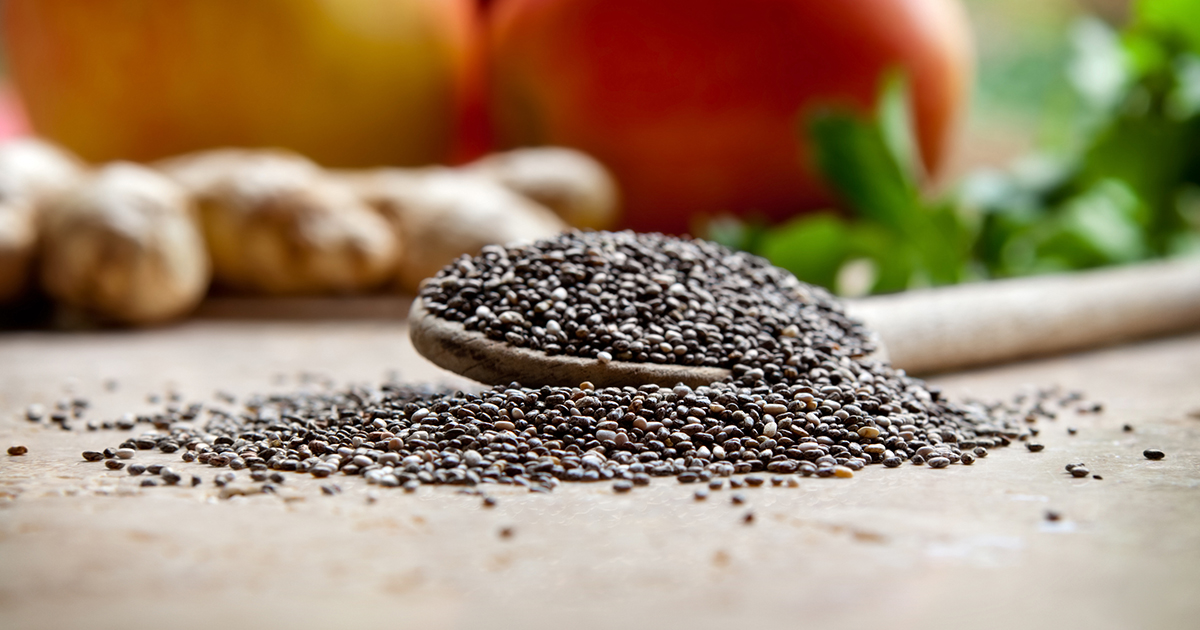
Chia seeds have been consumed for thousands of years, prized by ancient civilizations for their energy-boosting properties. These tiny seeds are packed with nutrients, including omega-3 fatty acids, fiber, protein, and a range of essential minerals such as calcium, magnesium, and phosphorus. The high fiber content of chia seeds aids in digestion and helps to maintain stable blood sugar levels, making them an excellent choice for those managing diabetes. Chia seeds also absorb liquid, expanding in the stomach to promote a feeling of fullness, which can aid in weight management. They can be used in a variety of dishes, from smoothies to puddings, adding both nutrition and texture.
5. The Nutrient-Dense Sweet Potato
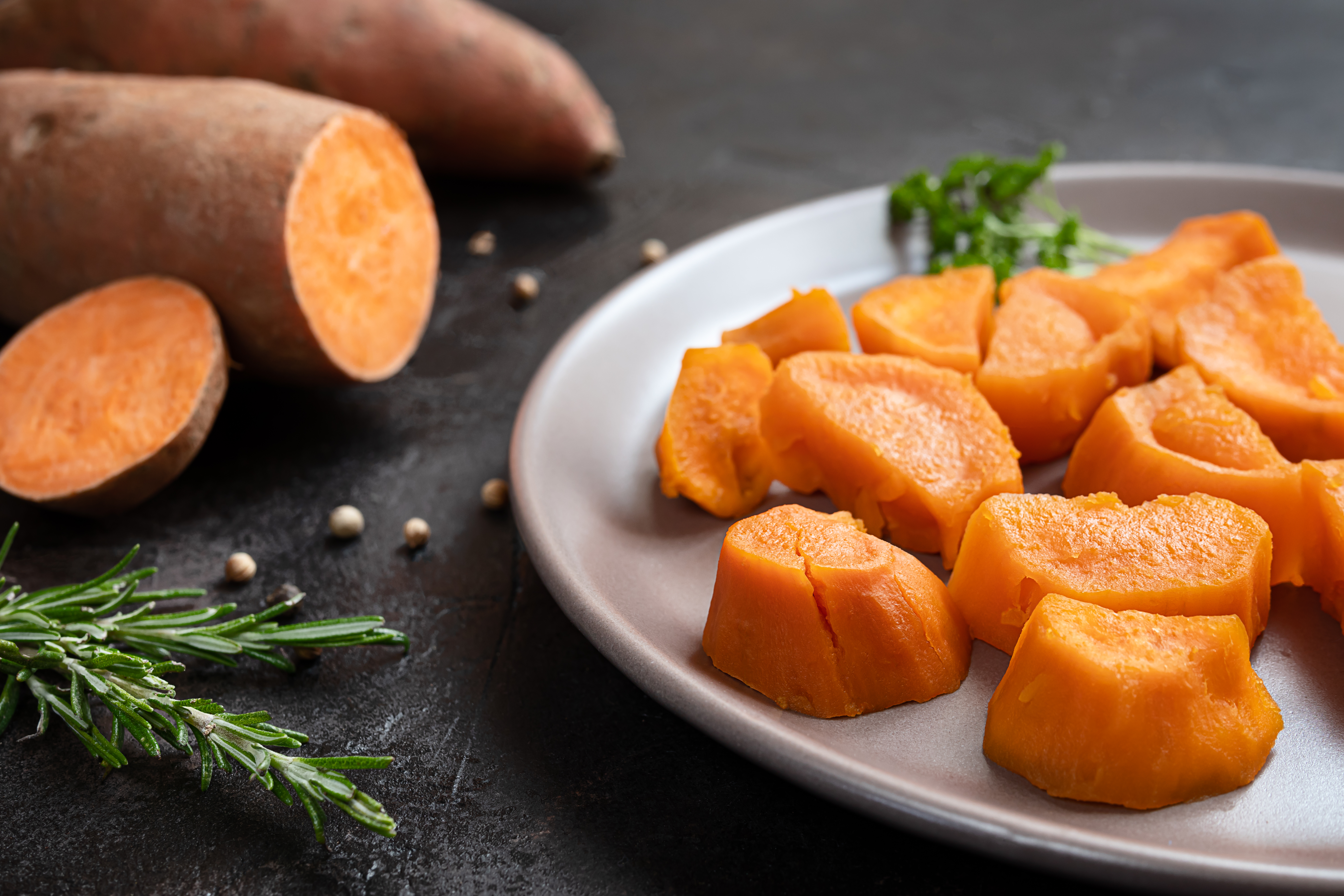
Sweet potatoes are not only delicious but also incredibly nutritious. Rich in beta-carotene, a precursor to vitamin A, sweet potatoes support healthy vision, skin, and immune function. They are also a good source of vitamin C, manganese, and potassium, which help to maintain healthy blood pressure levels. The fiber content in sweet potatoes supports digestive health and can aid in weight management. Sweet potatoes are versatile and can be baked, mashed, or roasted, making them a delightful addition to any meal. Their natural sweetness makes them a favorite among both children and adults, providing a nutritious alternative to regular potatoes.
6. The Humble Lentil: A Protein-Rich Legume
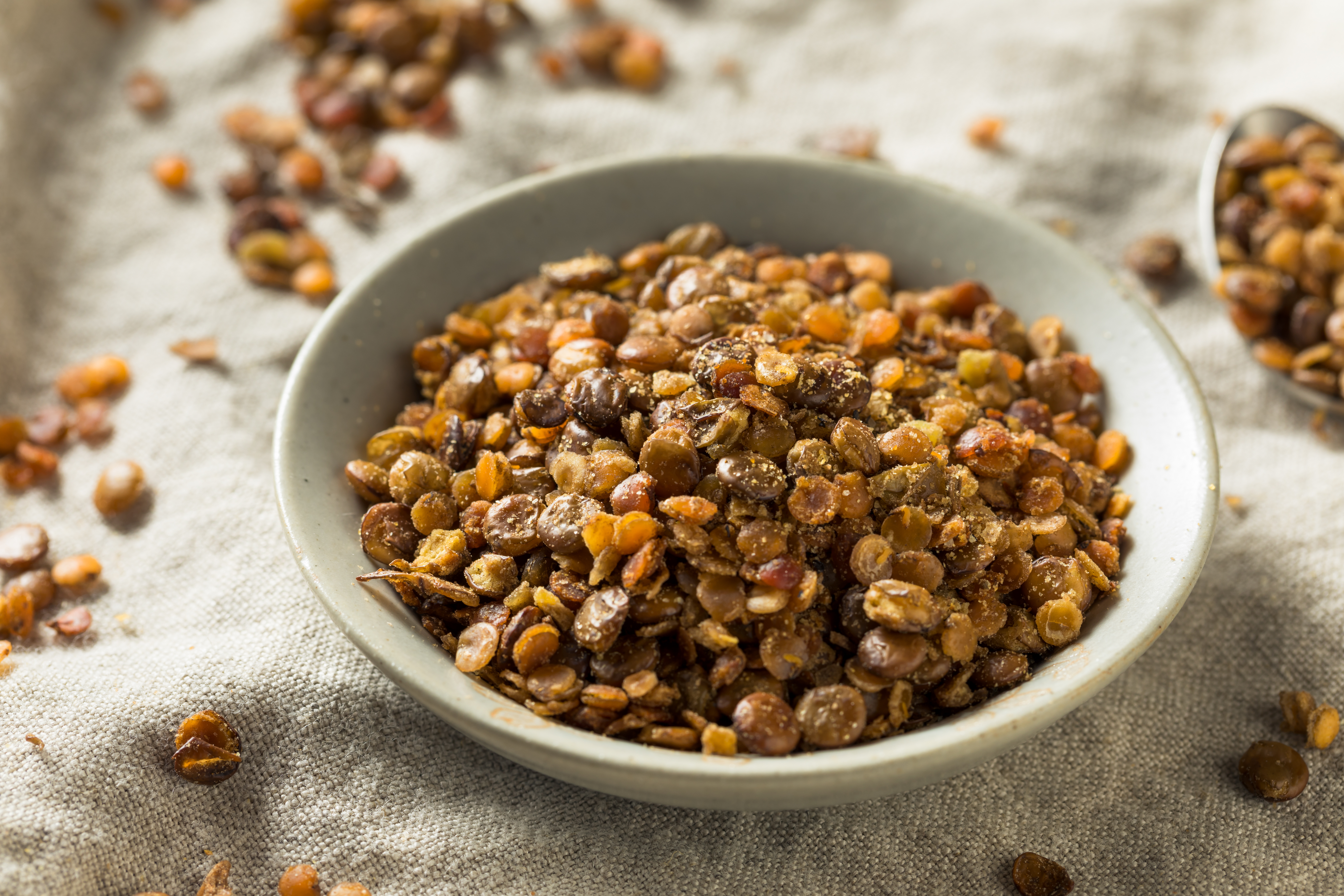
Lentils are a staple in many diets around the world, known for their high protein content and versatility. They are an excellent source of plant-based protein, making them a valuable addition to vegetarian and vegan diets. Lentils are also rich in iron, folate, and fiber, supporting energy production, healthy pregnancy, and digestive health. The soluble fiber in lentils helps to lower cholesterol levels and stabilize blood sugar, reducing the risk of heart disease and diabetes. Lentils can be used in a variety of dishes, from soups and stews to salads and curries, providing a hearty and nutritious meal option.
7. The Omega-3 Rich Walnuts
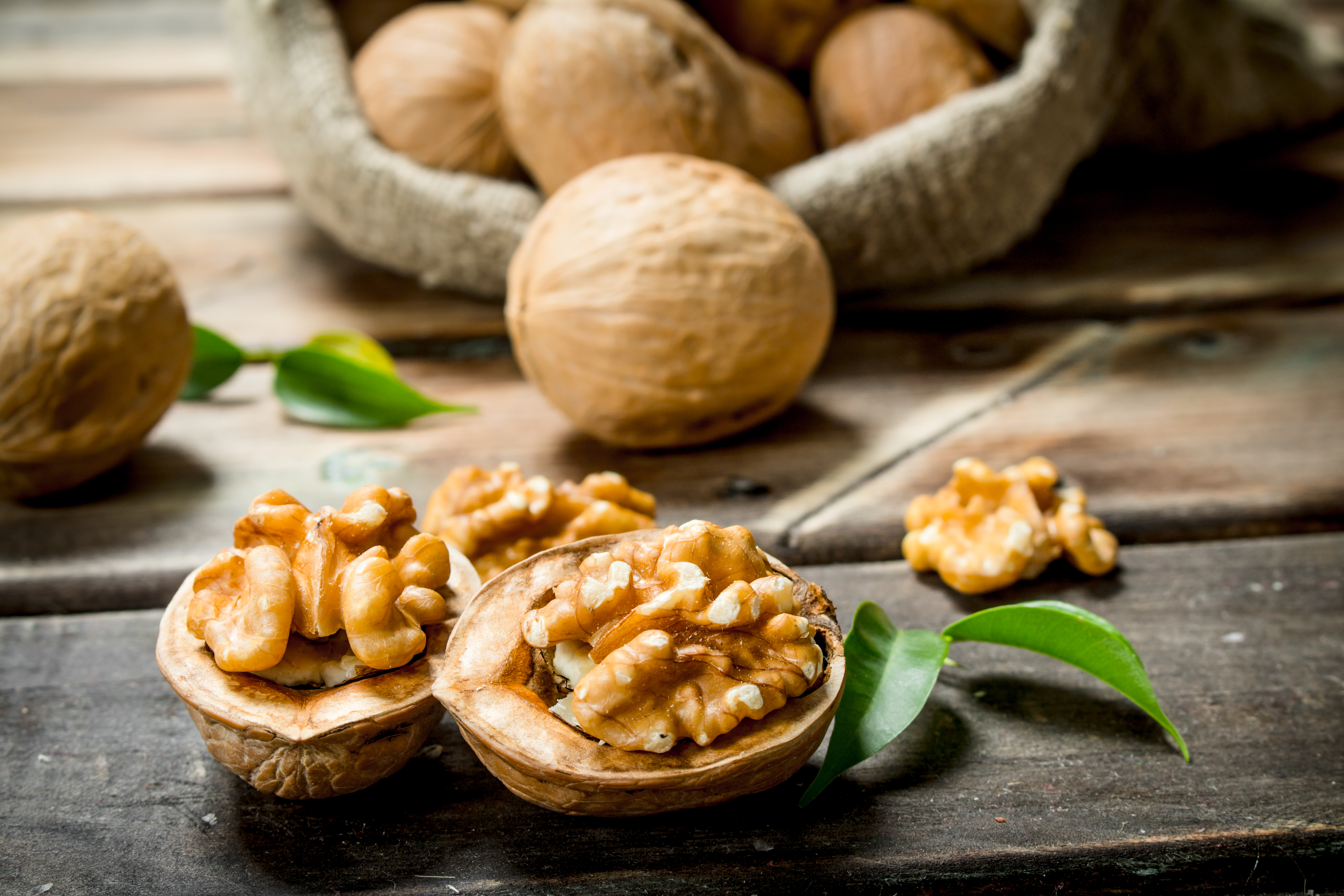
Walnuts are a type of tree nut that is rich in omega-3 fatty acids, making them a heart-healthy snack. These nuts are also high in antioxidants, which help to protect the body from free radical damage and reduce inflammation. Walnuts are a good source of vitamin E, magnesium, and protein, supporting brain health, bone health, and muscle function. Regular consumption of walnuts has been linked to improved cognitive function and a reduced risk of heart disease. They can be eaten on their own as a snack or added to dishes such as salads, oatmeal, or baked goods for a nutritional boost.
8. The Iron-Rich Spinach: A Leafy Green Marvel
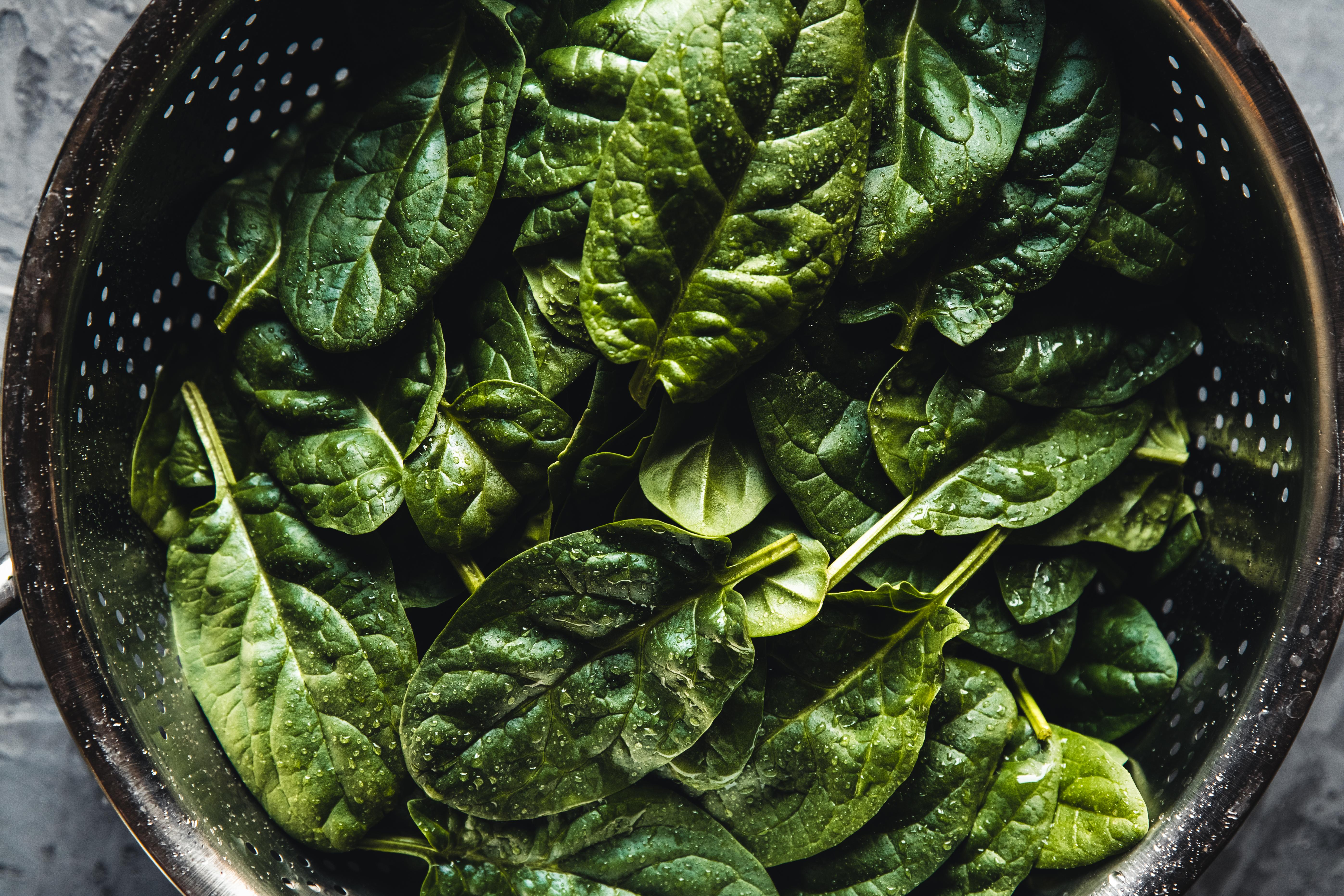
Spinach is a leafy green vegetable that is packed with nutrients, making it a staple in many healthy diets. It is rich in iron, which is essential for the production of hemoglobin and the transport of oxygen in the blood. Spinach is also high in vitamins A, C, and K, as well as folate and calcium, supporting healthy vision, immune function, and bone health. The antioxidants in spinach help to reduce inflammation and protect against chronic diseases. Spinach can be eaten raw in salads, sautéed as a side dish, or blended into smoothies, providing a versatile and nutritious addition to any meal.
9. The Healing Properties of Ginger
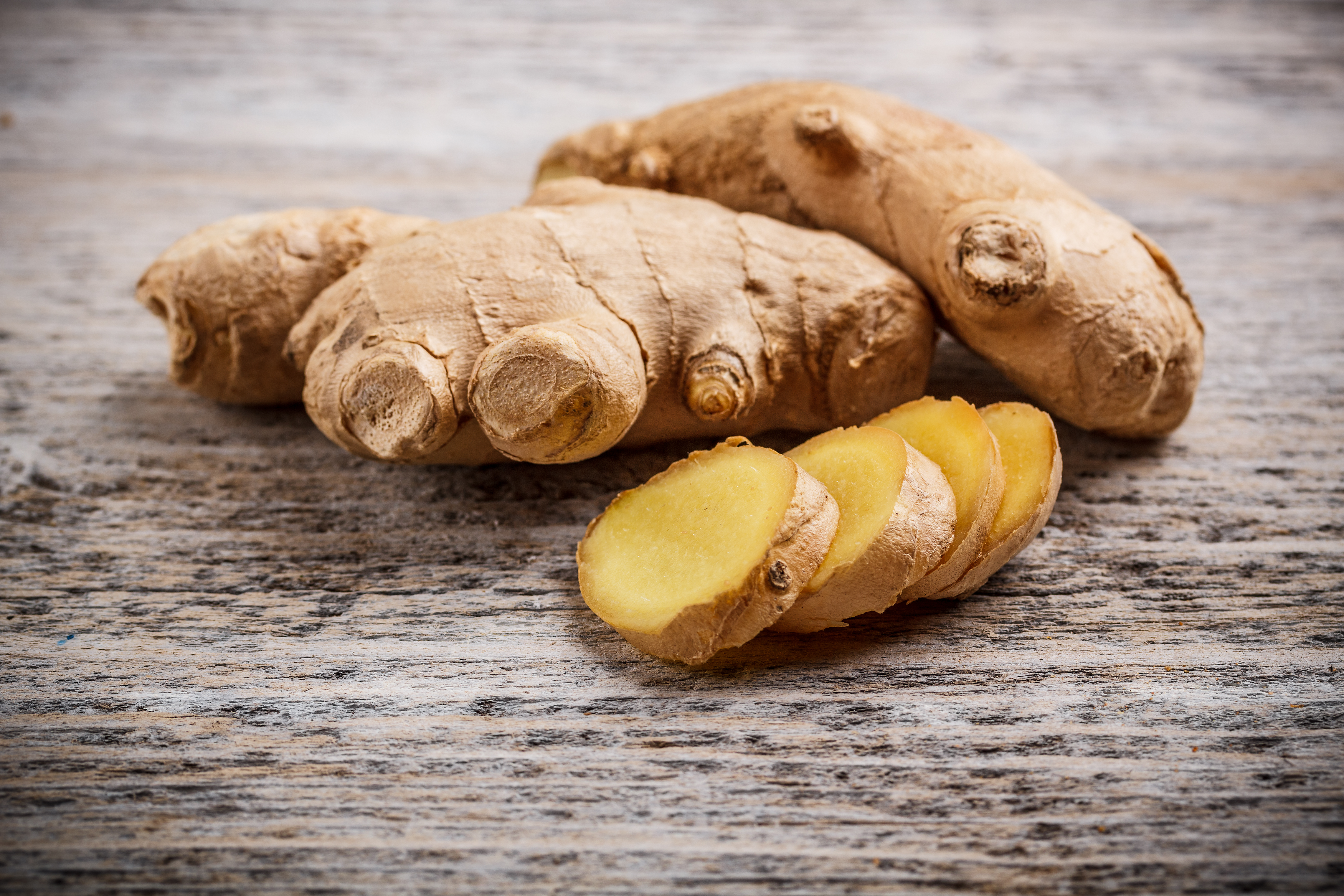
Ginger is a root that has been used for centuries in traditional medicine for its healing properties. It contains bioactive compounds such as gingerol, which have powerful anti-inflammatory and antioxidant effects. Ginger is known to aid digestion, relieve nausea, and reduce muscle pain and soreness. It also supports immune function and can help to lower blood sugar levels. Ginger can be used fresh, dried, or powdered, and it can be added to a variety of dishes, from teas and smoothies to soups and stir-fries, providing both flavor and health benefits.
10. The Antioxidant-Rich Pomegranate
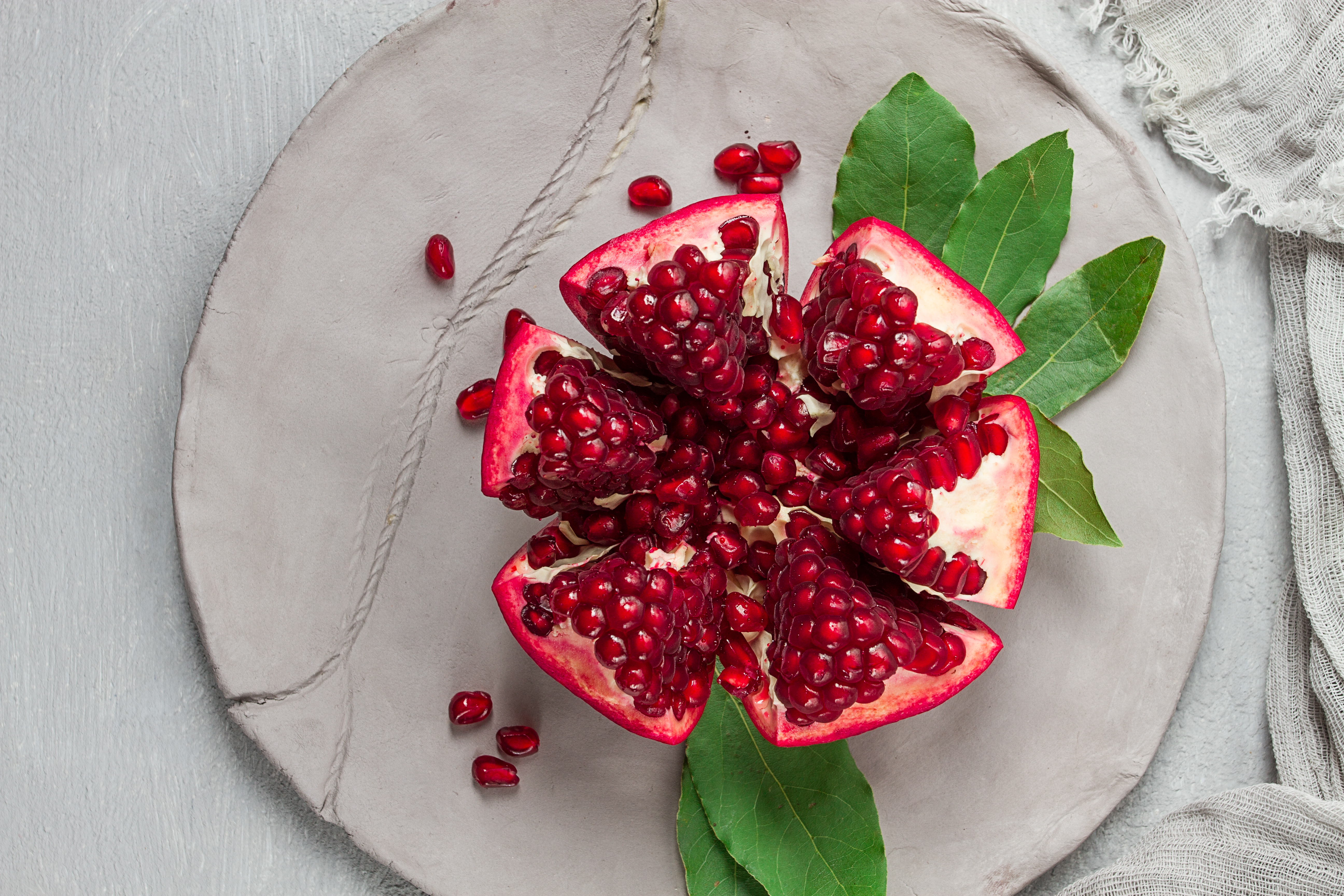
Pomegranates are a fruit that is rich in antioxidants, particularly punicalagins and anthocyanins, which help to protect the body from oxidative stress and inflammation. These antioxidants have been linked to a reduced risk of heart disease, cancer, and other chronic diseases. Pomegranates are also high in vitamins C and K, as well as potassium, supporting immune function, bone health, and heart health. The juice and seeds of the pomegranate can be consumed on their own or added to dishes such as salads, yogurts, or desserts, providing a burst of flavor and nutrition.
11. The Calcium-Packed Sardines

Sardines are a type of oily fish that are rich in calcium, making them an excellent choice for supporting bone health. They are also high in omega-3 fatty acids, which help to reduce inflammation and support heart health. Sardines are a good source of vitamin D, which is essential for calcium absorption and bone health, as well as vitamin B12, which supports energy production and brain health. Sardines can be eaten on their own or added to dishes such as salads, pasta, or sandwiches, providing a nutritious and flavorful meal option.
12. The Nutrient-Rich Seaweed
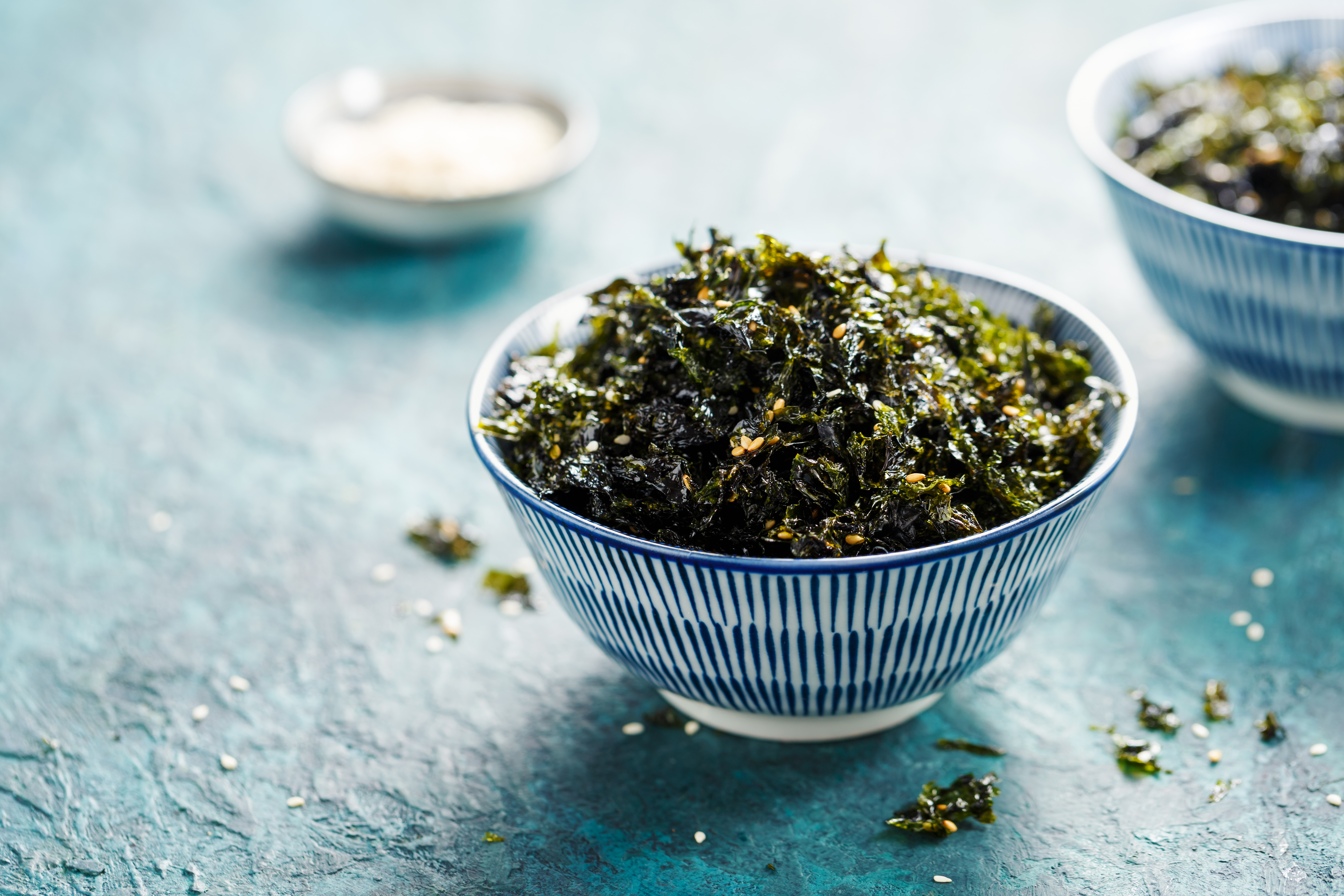
Seaweed is a type of algae that is rich in nutrients, making it a staple in many Asian diets. It is high in iodine, which is essential for thyroid function and metabolism, as well as vitamins A, C, and E, supporting immune function and skin health. Seaweed is also a good source of calcium, magnesium, and iron, supporting bone health, muscle function, and energy production. The antioxidants in seaweed help to reduce inflammation and protect against chronic diseases. Seaweed can be consumed in various forms, including dried sheets, powders, or supplements, and it can be added to dishes such as soups, salads, or sushi.
13. Black Rice – The “Forbidden” Supergrain
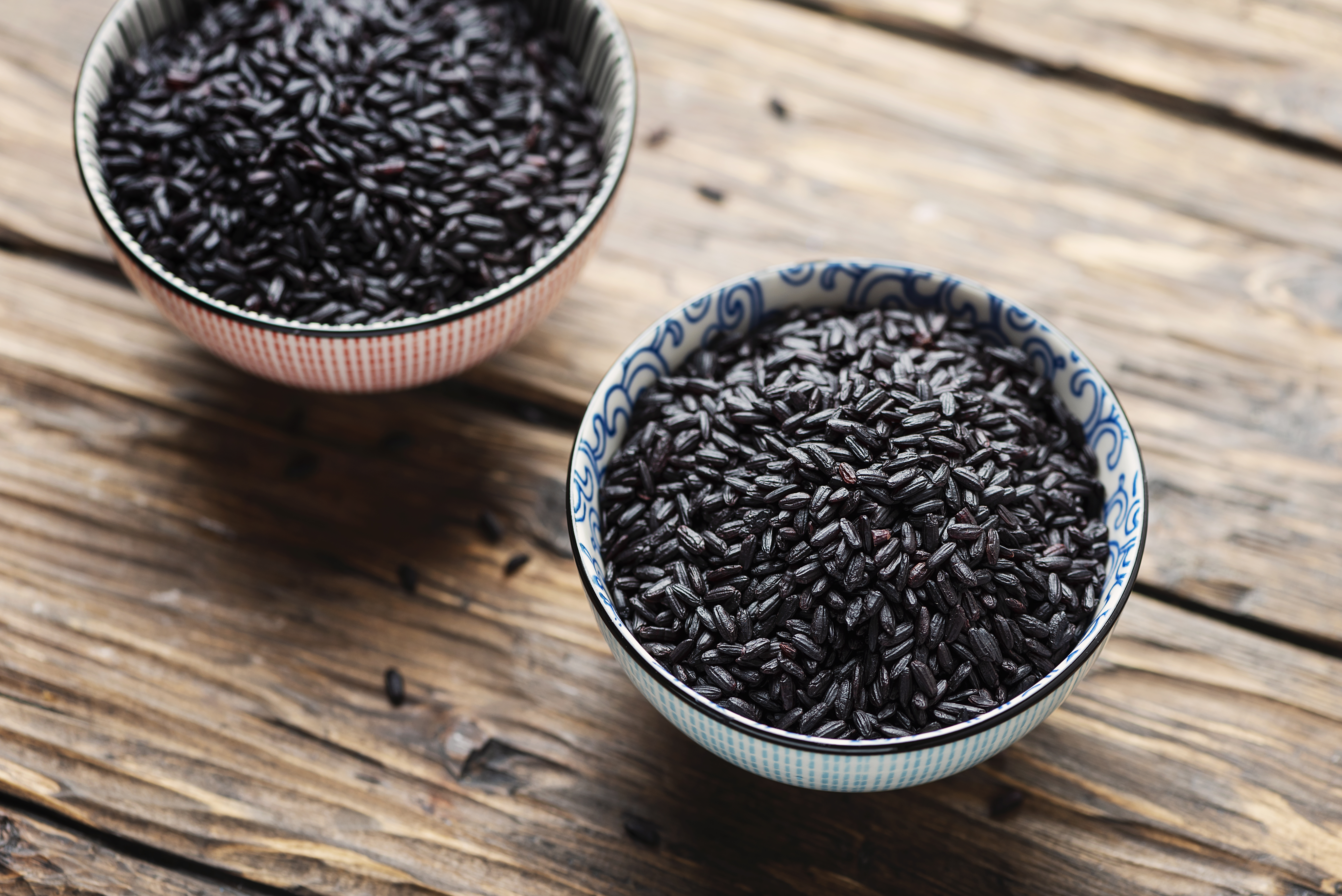
Nicknamed “forbidden rice” because it was once reserved for Chinese royalty, black rice is one of the most nutrient-dense grains available. It’s loaded with anthocyanins, the same powerful antioxidants found in blueberries, which help fight inflammation and support heart health. Unlike white rice, black rice retains its bran layer, making it rich in fiber, iron, and protein. This means it can regulate blood sugar, improve digestion, and keep you full longer. With its nutty flavor and deep purple hue, black rice is an exciting way to boost your grain game while supporting long-term health.
14. Sunchokes – The Gut-Boosting Root
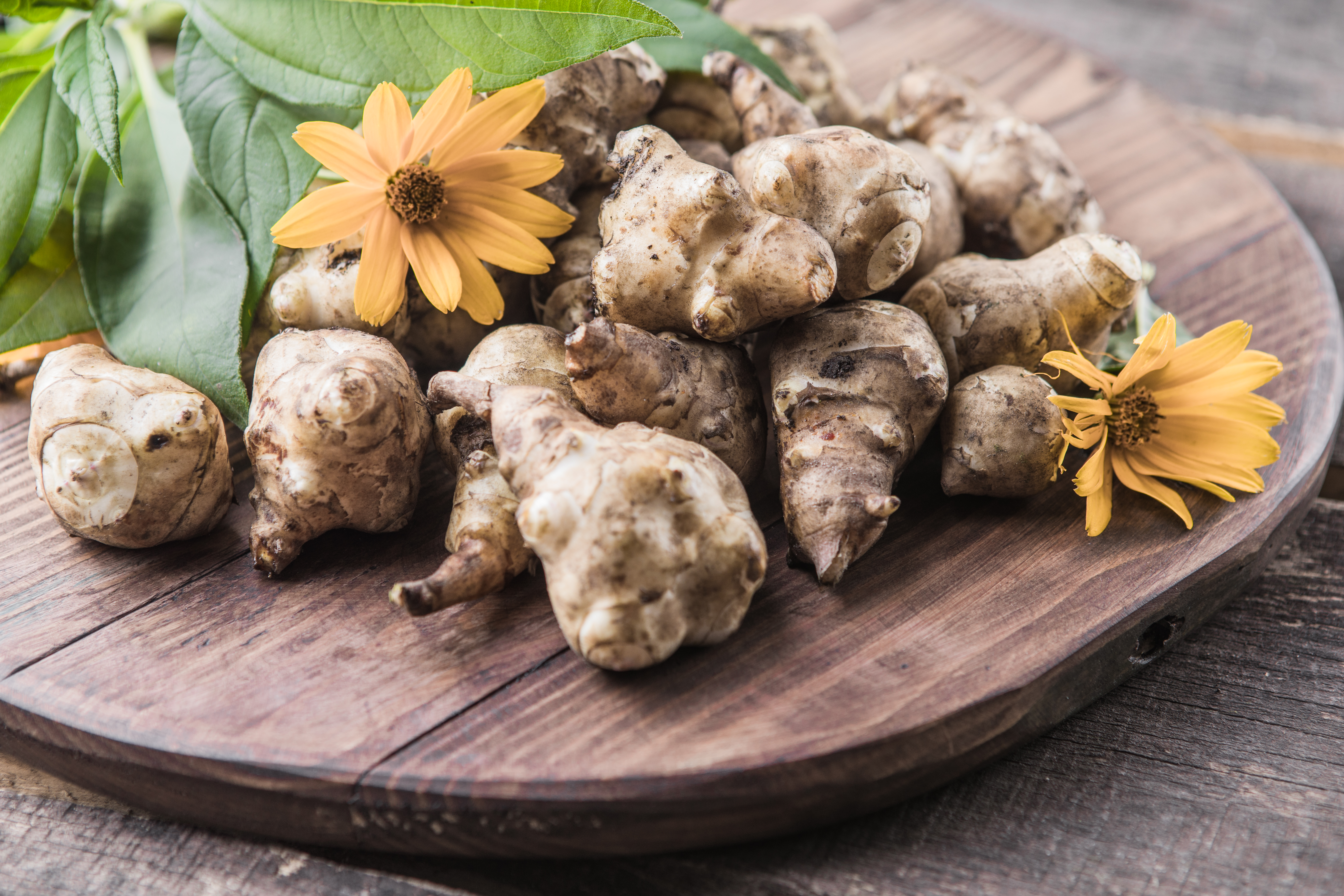
Also known as Jerusalem artichokes, sunchokes are an underrated root vegetable packed with prebiotic fiber, specifically inulin, which feeds beneficial gut bacteria and promotes digestive health. They’re also rich in iron, potassium, and magnesium, making them a fantastic energy-boosting food. With a slightly sweet, nutty flavor, sunchokes can be eaten raw in salads or roasted for a crispy, caramelized treat. Their gut-nourishing properties make them an essential addition for anyone looking to improve digestion and overall well-being.
15. Brazil Nuts – The Selenium Superstars
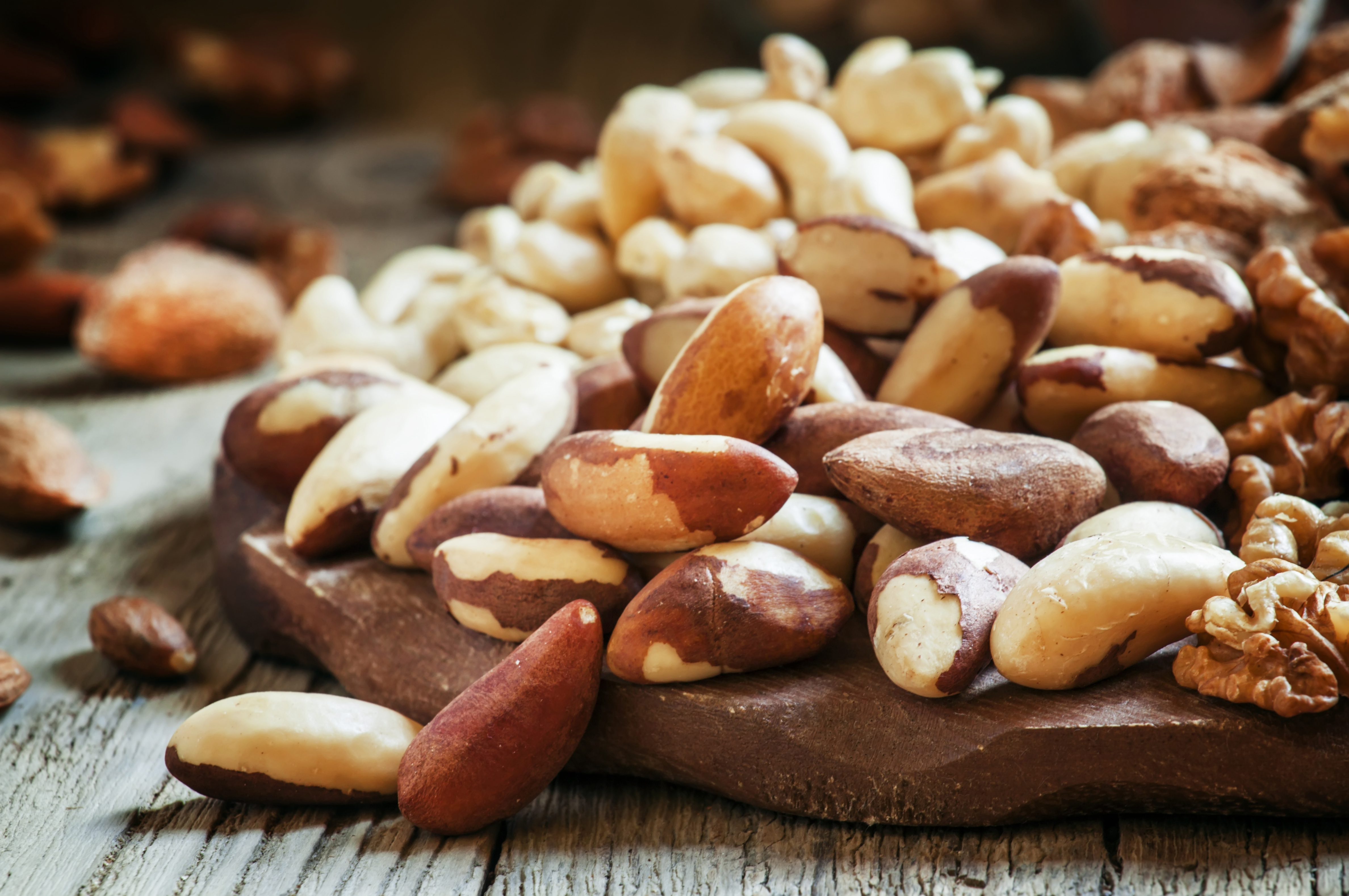
One Brazil nut a day can help meet your daily selenium needs, a mineral crucial for thyroid function, immune health, and cognitive support. Brazil nuts are also rich in healthy fats, magnesium, and antioxidants, which help reduce inflammation and promote heart health. Because they’re so nutrient-dense, you only need a couple per day to reap their benefits. Enjoy them as a snack, in smoothies, or blended into homemade nut butter for a delicious and powerful nutritional boost.
16. Kefir – The Probiotic Powerhouse
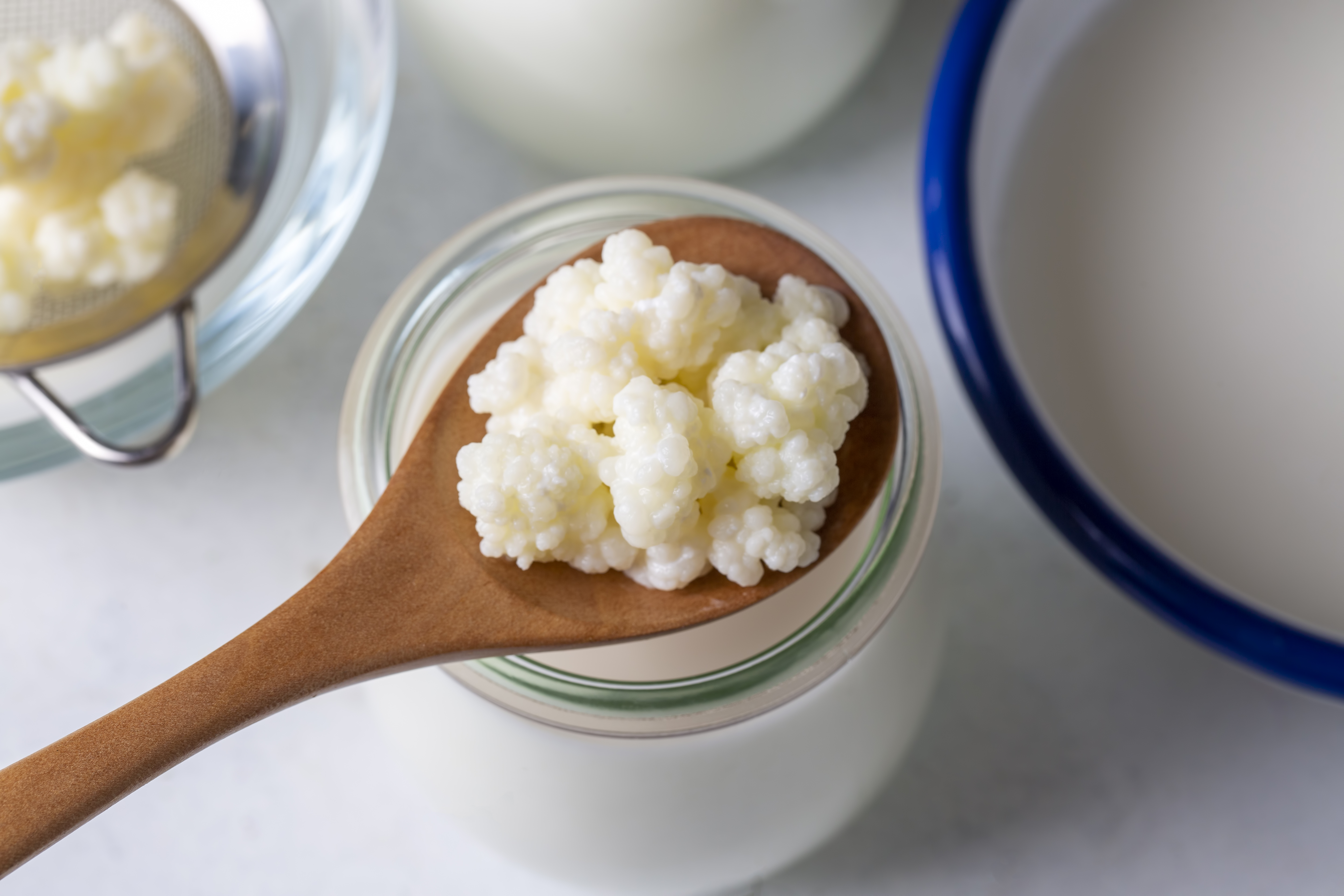
Move over, yogurt—kefir is here to level up your gut health! This fermented dairy drink contains up to 61 strains of probiotics, making it one of the best foods for gut microbiome diversity. It’s also rich in calcium, vitamin D, and protein, supporting bone health and immune function. Thanks to its fermentation process, kefir is often easier to digest than milk, making it a great option for those who are lactose-sensitive. Use kefir as a base for smoothies, salad dressings, or even in overnight oats for a tangy and gut-friendly twist.
17. Amaranth – The Ancient Protein-Packed Grain
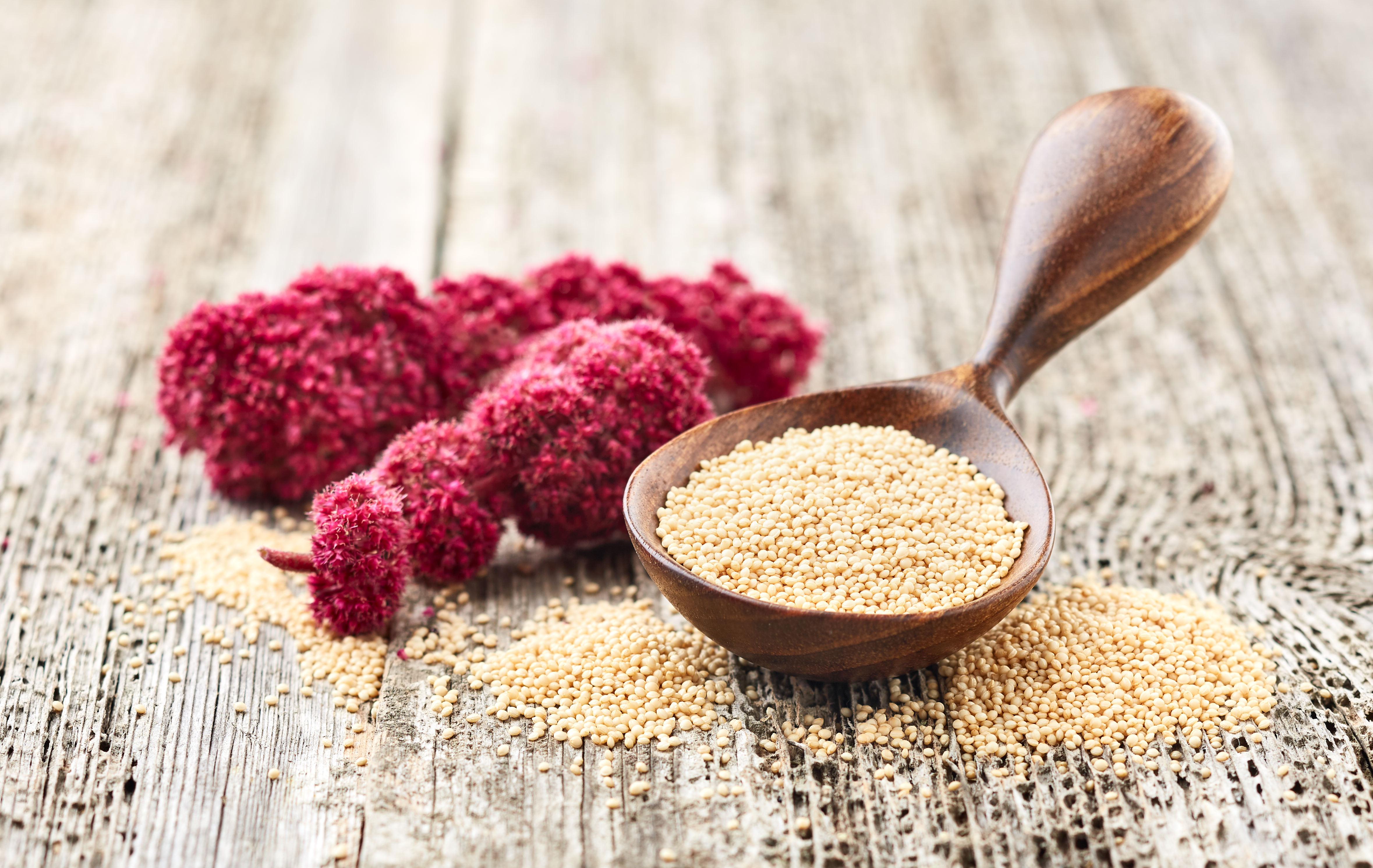
Amaranth is a gluten-free ancient grain that packs more protein than most grains, containing all nine essential amino acids, making it a complete plant-based protein. It’s also high in iron, magnesium, and calcium, which are key for bone strength, muscle function, and oxygen transport in the blood. With a slightly nutty and earthy flavor, amaranth works beautifully in grain bowls, porridges, and even as a thickener for soups. Its high fiber content supports digestion and long-lasting energy, making it an excellent choice for athletes and busy individuals.
18. Watercress – The Unsung Supergreen

Often overshadowed by kale and spinach, watercress is one of the most nutrient-dense leafy greens you can eat. It’s bursting with vitamin K, vitamin C, and antioxidants, which support bone health, immune function, and skin radiance. Watercress is also high in nitrates, which can help lower blood pressure and improve athletic performance. With its peppery, slightly spicy flavor, it adds a delicious twist to salads, sandwiches, and soups while providing a huge nutritional punch.
19. Tart Cherries – Nature’s Sleep Aid

Unlike regular sweet cherries, tart cherries are a hidden gem when it comes to improving sleep and reducing inflammation. They are one of the few natural sources of melatonin, the hormone responsible for regulating sleep cycles. Tart cherries are also packed with anthocyanins, which help reduce muscle soreness, boost recovery, and support heart health. Drinking unsweetened tart cherry juice before bed may enhance sleep quality and help with muscle recovery after exercise.
20. Maca Root – The Hormone Balancer
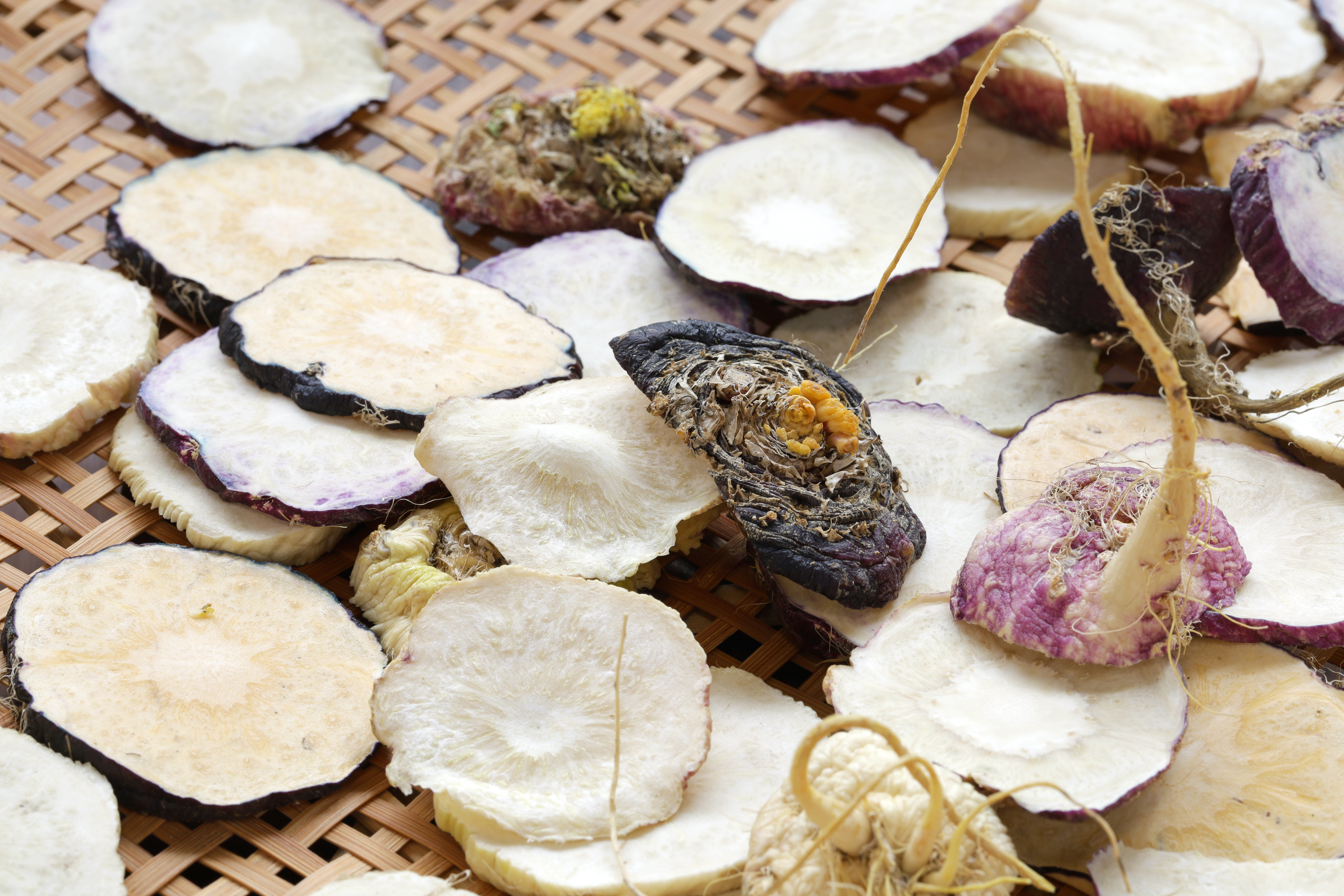
Grown in the Andes Mountains, maca root has been used for centuries as a natural energy booster and hormone balancer. This adaptogenic root helps regulate stress hormones, improve stamina, and support fertility. It’s also rich in iron, iodine, and amino acids, which enhance endurance and cognitive function. Maca powder has a malty, nutty flavor and blends well into smoothies, lattes, or energy bars, making it a convenient way to naturally enhance energy and well-being.
21. Mussels – The Ultimate Brain Food
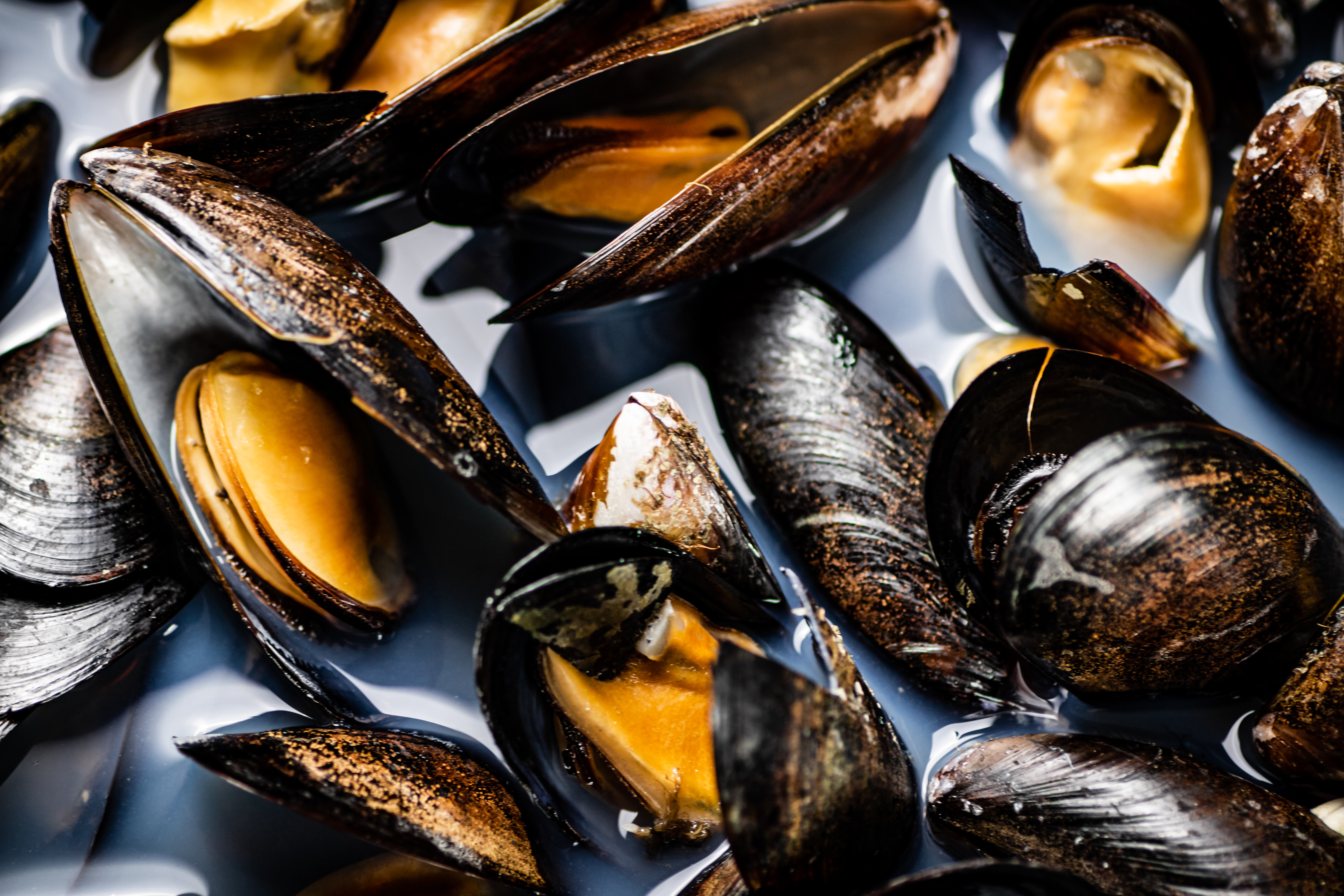
While often overlooked in favor of salmon, mussels are one of the best seafood choices for brain health. They are rich in omega-3 fatty acids, vitamin B12, and iron, which support cognitive function, red blood cell production, and overall heart health. Mussels are also one of the most sustainable seafood options, requiring minimal resources to farm. They’re delicious steamed with garlic and white wine, added to seafood stews, or even grilled for a smoky flavor.
22. Black Garlic – The Fermented Antioxidant Booster
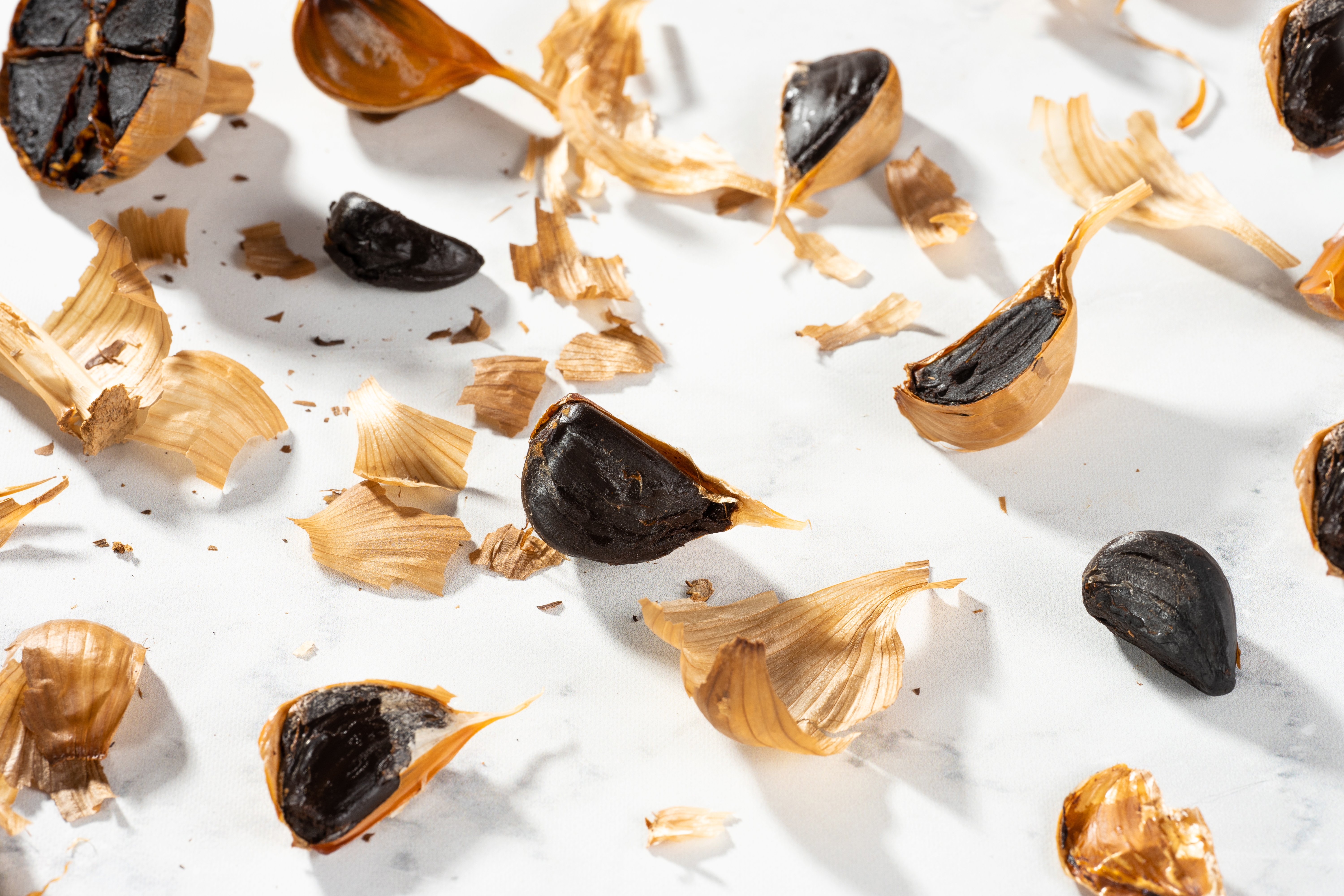
Black garlic is regular garlic that has been fermented over several weeks, transforming it into a soft, sweet, and umami-rich superfood. This aging process enhances its antioxidant levels, making it even more potent than raw garlic in fighting inflammation, improving heart health, and boosting the immune system. Black garlic also contains S-allyl cysteine, a compound known to help lower cholesterol and support brain function. Its unique, balsamic-like sweetness makes it a flavorful addition to sauces, spreads, or even eaten on its own for a burst of nutrition.
Embracing Nutritional Diversity
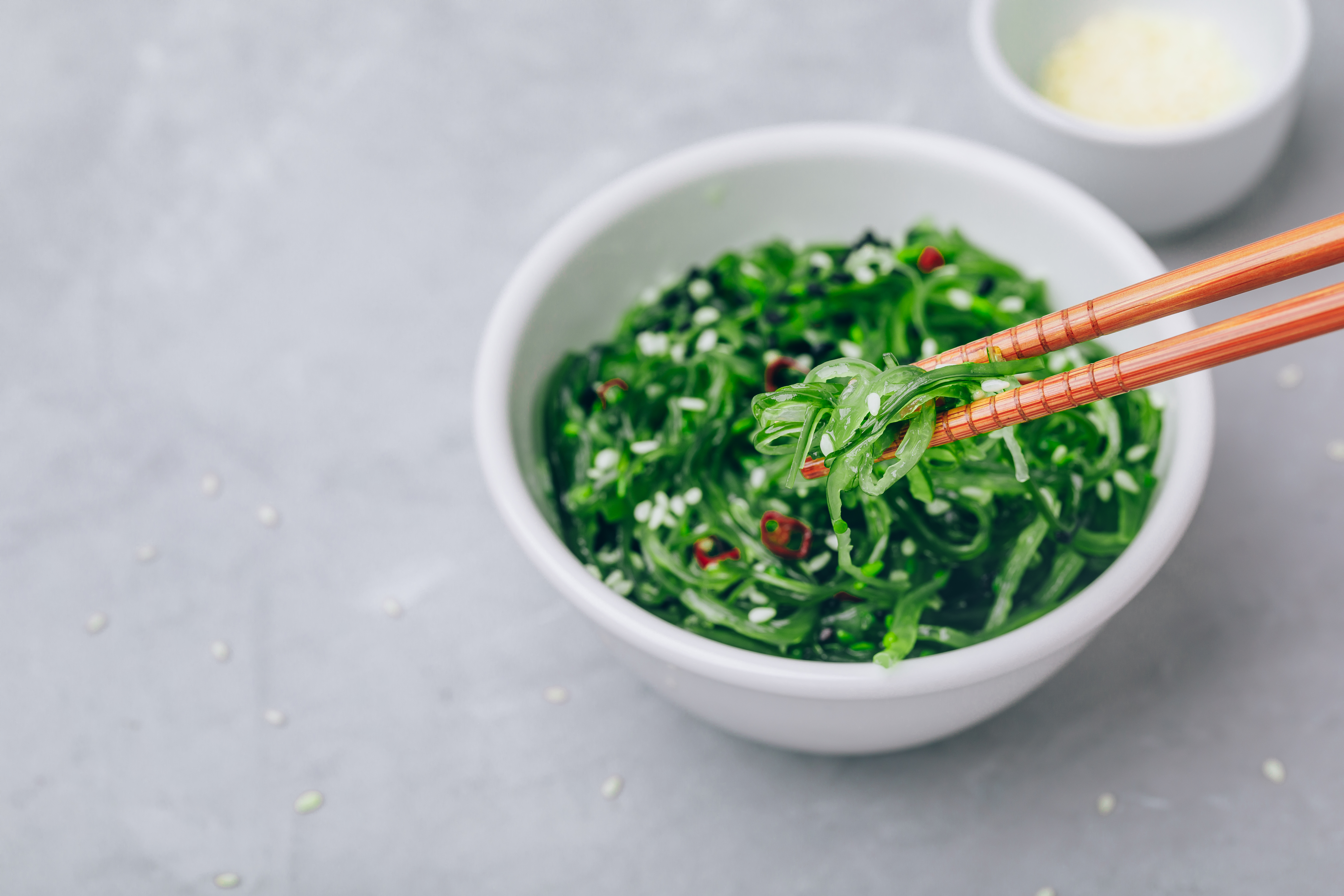
The exploration of these 22 hidden powerhouses of nutrition reveals the vast diversity and richness of the natural world. Each food offers unique benefits, contributing to a well-rounded and balanced diet. By incorporating these nutrient-dense foods into your meals, you can enhance your overall health and well-being. Embracing nutritional diversity not only supports physical health but also enriches your culinary experiences, introducing new flavors and textures to your palate. As you embark on your nutritional journey, remember that the key to optimal health lies in variety and balance, and these hidden powerhouses are a testament to the incredible potential of nature's bounty.